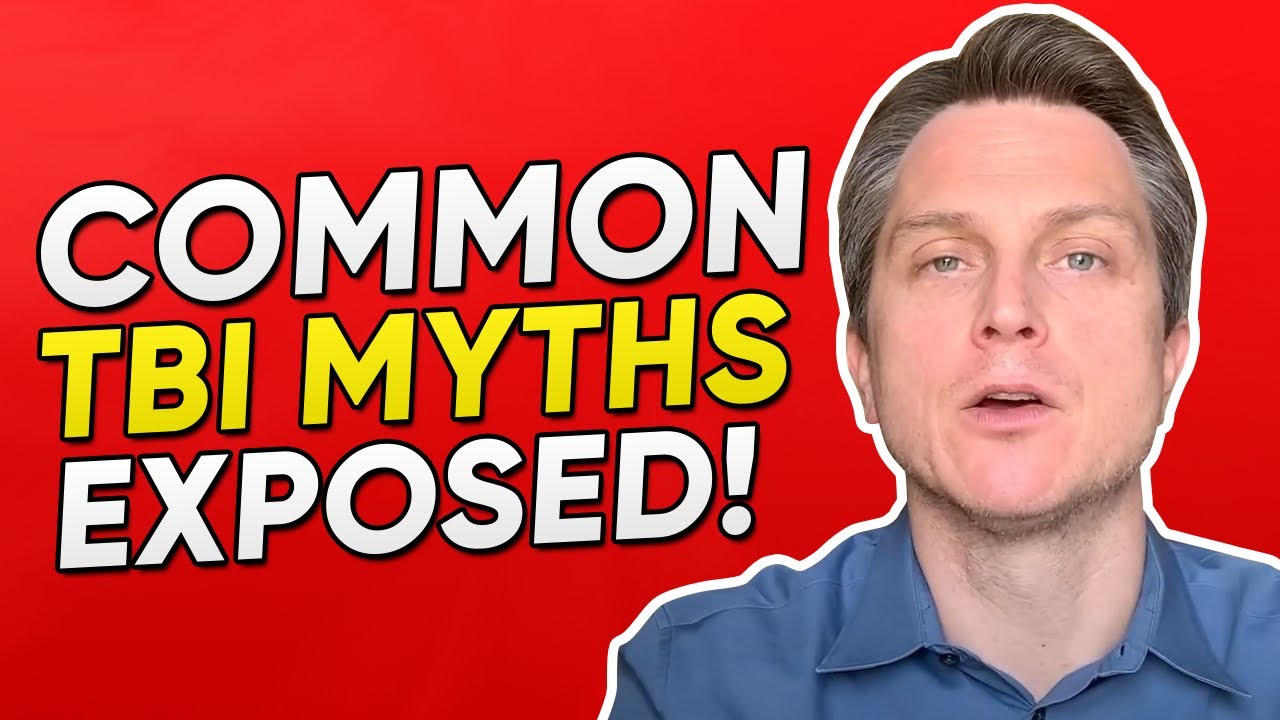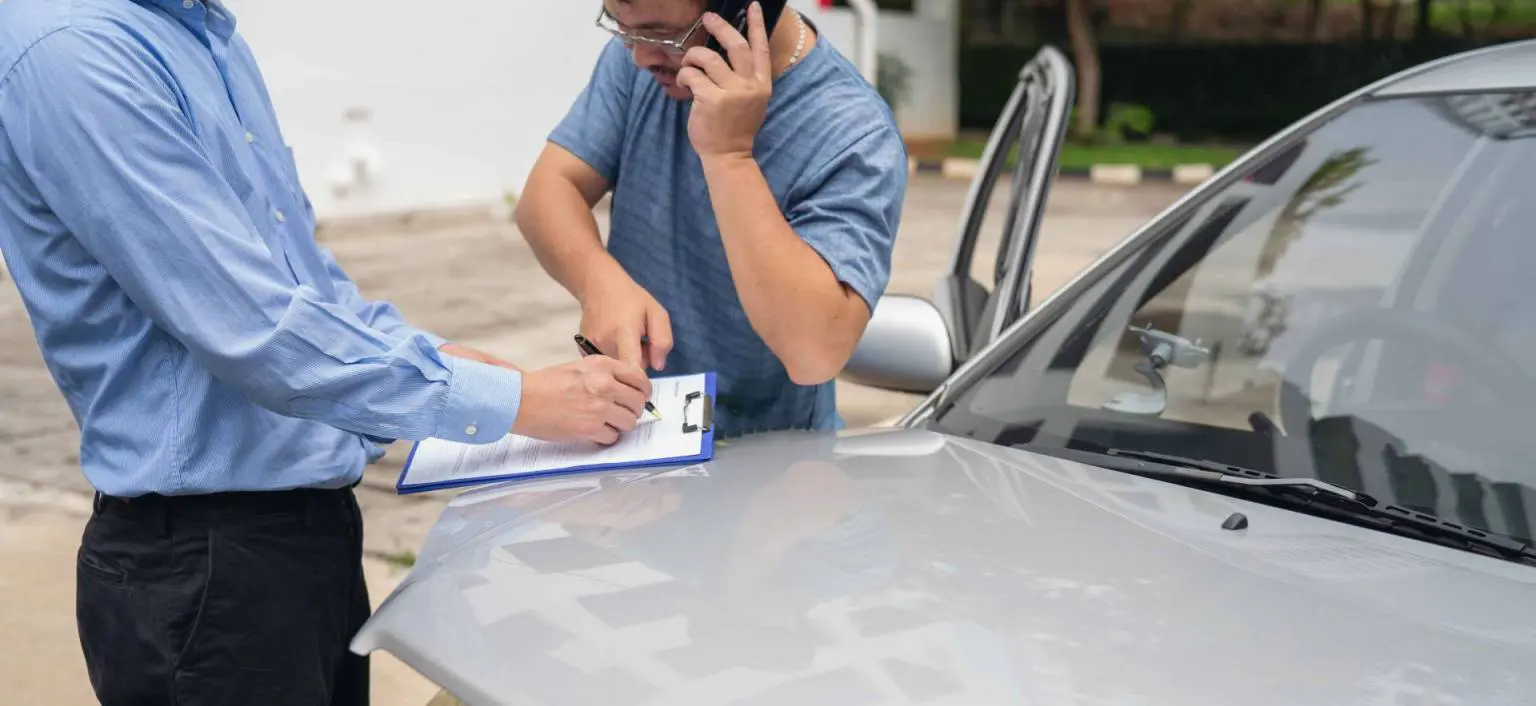
3 Common TBI Myths You MUST Know
BlogI’m Chris Brasure, and today I want to talk with you about three common traumatic brain injuries myths that you really should know about.
The first common myth is that in order for someone to have a traumatic brain injury, you have to be knocked out cold. The second myth is that in order to have a TBI, there needs to be one big significant impact.
And the third is that an MRI or CT scan has to show that there is an abnormality or a finding in order for somebody to have a traumatic brain injury. Now, let’s break these down one by one.
Myth 1: Someone has to lose consciousness
The first myth is that somebody has to lose consciousness in order to suffer a traumatic brain injury. And that is just not the case. What a lot of scientists and doctors say is that a TBI victim will often experience an alteration of their consciousness.
So, they won’t actually get knocked out but they will have some alteration of their consciousness. And that can show up in a number of different ways where somebody is not being responsive and their eyes are open.
And I’ve seen that before where their eyes are open but they’re not quite responding or they seem dazed or confused. And so, it is a myth that somebody has to lose consciousness to suffer a TBI.
Myth 2: One hard hit
The second myth is that there has to be one hard hit in order for somebody to suffer a traumatic brain injury. And that’s just not the case. For example, scientists and doctors have, over the last few years, studied women’s soccer. They found out that soccer players, not all but some of them, as they hit the ball with their head during games and practice, have these small little impacts over a long period of time.
And scientists and doctors are finding that that’s causing some traumatic brain injuries in those players. And obviously, when a soccer player heads the ball into the goal or to another player, most of the time, they’re not going to get knocked out or even have altered consciousness.
But it’s these small impacts to the head over a long period of time that scientists and doctors are finding is causing a traumatic brain injury.
Myth 3: The MRI or CT has to show an abnormal finding
Now, the third myth is that your MRI or CT scan has to show an abnormal finding. And that’s just not the case. What we’ve seen, in my practice in particular and looking at other cases, is that often or at least sometimes, the MRI and the CT scan, will show there are no findings.
This means there was nothing abnormal found in the study. But when the TBI victim or patient has additional testing like neuropsychological testing, then that patient will be diagnosed with a traumatic brain injury. And the technology is evolving, with MRIs at least.
But the point is that it is a myth that an MRI or a CT scan has to show that there’s a TBI because you can have a traumatic brain injury and not have a positive finding on a CT scan or an MRI.
I hope this helps. If you have any questions, feel free to post in the group or message me. And if I can’t get you some help, I will try to point you in the right direction.





